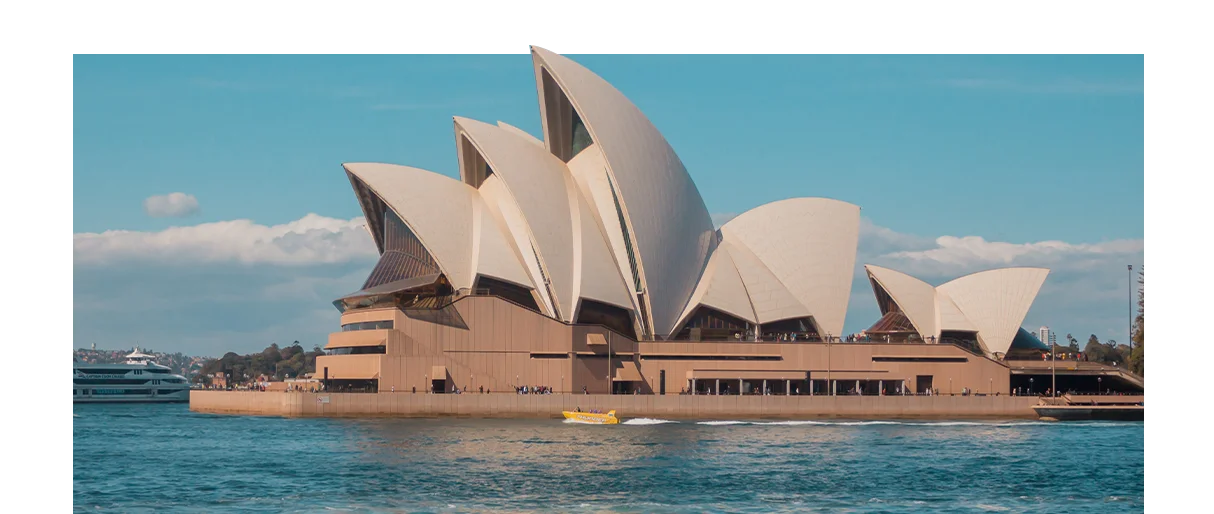About USA
The United States is one of the most sought-after destinations for higher education, attracting students from Nepal and beyond with its unmatched academic opportunities. With globally renowned universities, cutting-edge research facilities, and a diverse cultural landscape, the USA continues to inspire students to pursue their dreams of quality education. If you’re looking to study in USA from Nepal, this vibrant and dynamic country has everything you need for a future that shines.
Choosing the USA for higher education means more than just learning from the best in the industry. Studying in the USA is also about being part of a global community where innovation and creativity thrive. The universities and education system in the USA set a gold standard for academic excellence, while offering scholarships and support to international students. For Nepali students, studying in the USA isn’t just an aspiration; it’s an opportunity to gain world-class knowledge and experience.
As the best consultancy in Nepal for USA, Dikshya International takes pride in guiding students toward achieving their educational goals. From acing standardized tests like IELTS and SAT to securing admissions in top universities and US student visas, our professional team works with experience and expertise to help you reach USA efficiently and confidently with the least difficulties.
American universities have gained worldwide renowned for their exceptional quality of teaching and groundbreaking research. The United States stands as the top and largest destination for international students aspiring to pursue higher education abroad. Renowned for its remarkably versatile and adaptable higher education system, the U.S. attracts around 30 percent of all current international students globally.
Academic Prestige: Over 60% of the world's top 500 universities are based in the United States.
Diverse Course Options: Students in the USA benefit from an extensive range of courses and flexible tuition fee structures, providing unparalleled academic choices.
Global Student Magnet: The U.S. remains the most preferred choice for international students from all corners of the world, reinforcing its status as a prominent education hub.
Financial Assistance: The United States offers a plethora of scholarship opportunities established for international students, easing the financial burden of education.
Career Pathways: The U.S. extends the Optional Practical Training (OPT) program, permitting international students to work even after the completion of their academic degrees.
Ready to begin preparing for your abroad study in USA? Contact Us Today for expert guidance from the best US consultants in Nepal!
While pursuing your studies as an international student in the U.S., you might contemplate the idea of seeking employment. Prior to embarking on your job search journey, it's advisable to establish communication with your Designated School Official (DSO). If you're currently enrolled, it's probable that you've already initiated contact with your DSO upon your arrival. However, if you haven't, any school staff member should be capable of guiding you towards the appropriate individual or department to assist you in this matter.
On-Campus Work: International students are permitted to work up to 20 hours per week on campus during the academic semester.
Semester Breaks: During semester breaks, students are not subject to hourly work restrictions.
Off-Campus Work (CPT): Students can apply for Curricular Practical Training (CPT) through their institution, enabling them to work off campus within their field of study.
F1 visa holders are not allowed to engage in off-campus employment during the first year of their studies. However, under specific circumstances, the U.S. Citizenship & Immigration Services (USCIS) might provide authorization for off-campus employment after one year of study. On the other hand, F1 students are permitted to accept on-campus employment within their university without requiring prior permission from USCIS.
Ready to begin preparing for your abroad study in USA? Contact Us Today for expert guidance from the best US consultants in Nepal!
The United States is renowned as the land of boundless opportunities, where individuals can realize their aspirations, regardless of their background. Every year, countless people immigrate from various corners of the globe to the U.S., drawn by the promise of such opportunities – a concept commonly referred to as "the American dream." The nation stands as a diverse melting pot, bringing together citizens from all walks of life.
Moreover, the U.S. is celebrated for its forefront position in championing freedom and equality. Whether one's aspirations entail becoming a doctor, a lawyer, or a librarian, the United States offers an ideal environment for pursuing these ambitions.
OPT Benefits: Upon finishing their studies, international students are eligible for Optional Practical Training (OPT), enabling them to work off campus in their field of study on a full-time basis for up to 12 months.
STEM Extension: Students holding STEM (Science, Technology, Engineering, and Math) degrees have the opportunity to prolong their OPT for an additional 24 months, thereby extending their work experience in their specialized field.
Ready to begin preparing for your abroad study in USA? Contact Us Today for expert guidance from the best US consultants in Nepal!
Largest Global Economy: The United States boasts the world's largest economy.
Language Diversity: English is the official language, but Spanish holds the position of the second most spoken language in the U.S.
Energy Consumption: The U.S. consumes approximately 18% of the world's energy.
Flag Creation: The American flag was designed by a high school student.
Pizza Consumption: A staggering 100 acres of pizza are consumed daily in the United States.
Per Capita Income: The USA's per capita income (PPP) ranks as the 10th largest globally, at $57,220.
State Composition: The United States comprises 50 states and a Federal District.
Capital City: Washington DC serves as the capital of the USA.
Ready to begin preparing for your abroad study in USA? Contact Us Today for expert guidance from the best US consultants in Nepal!







Get Guidance